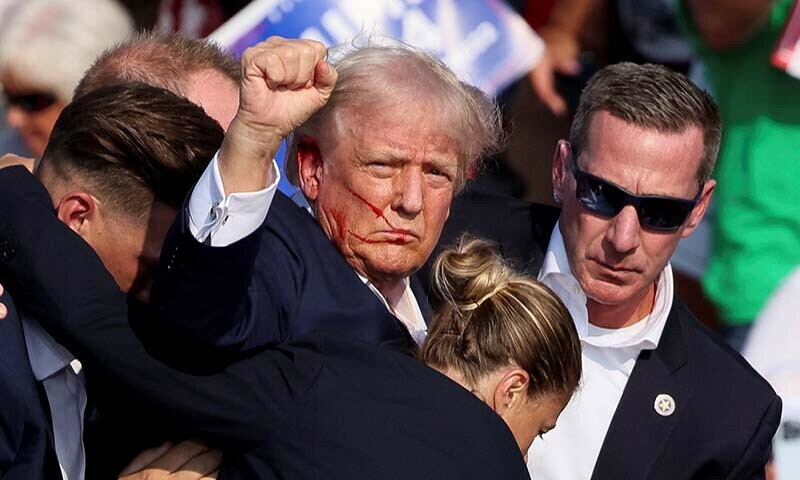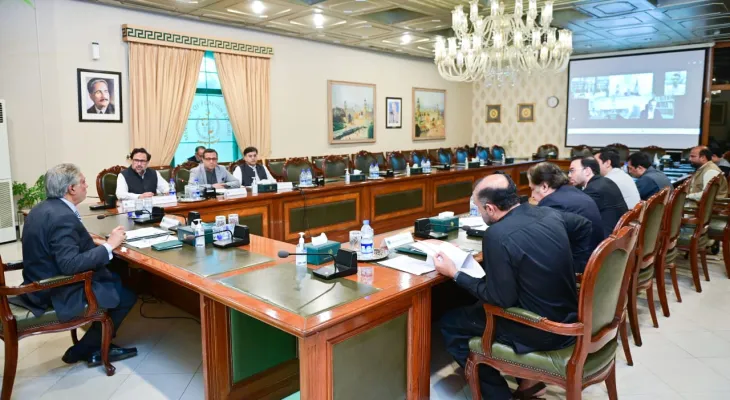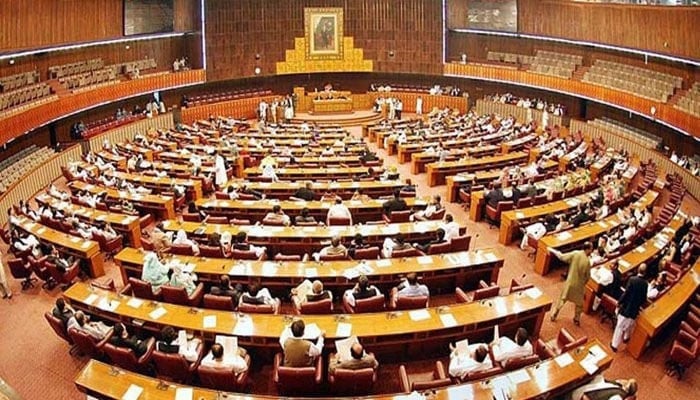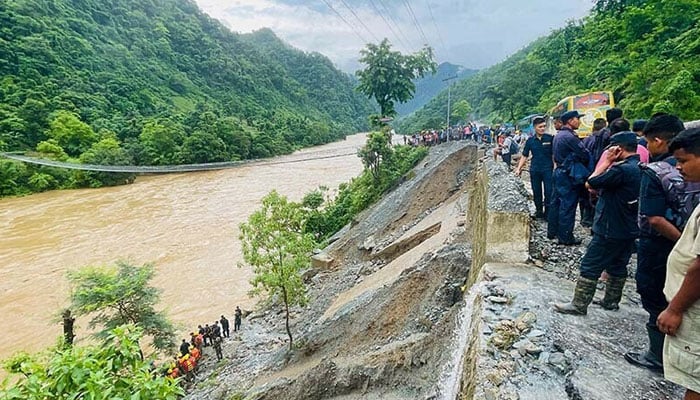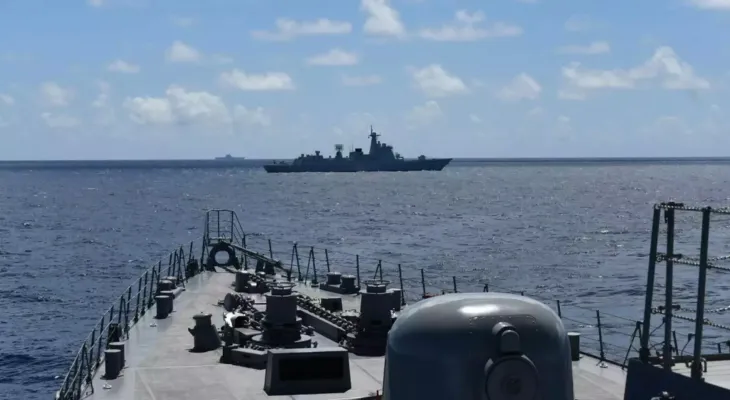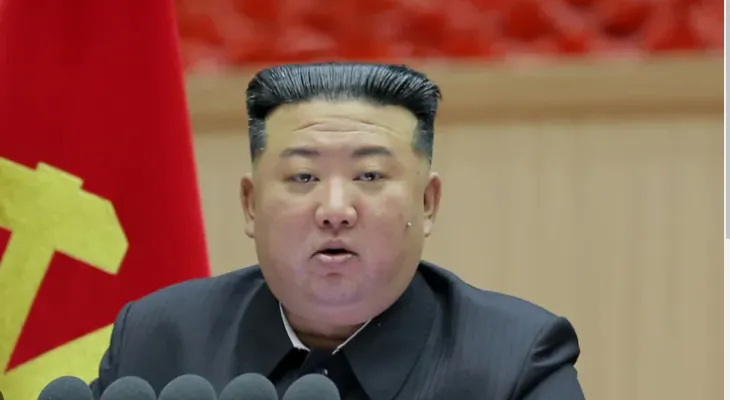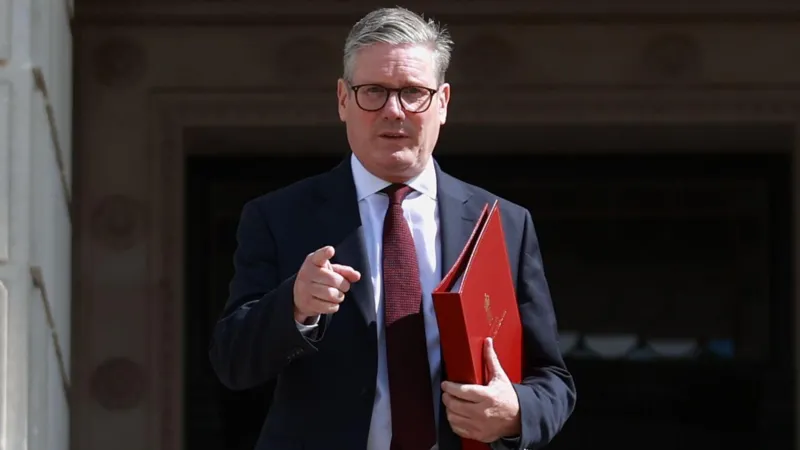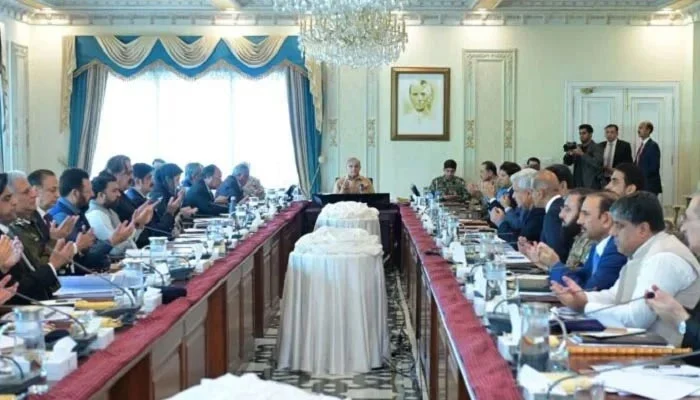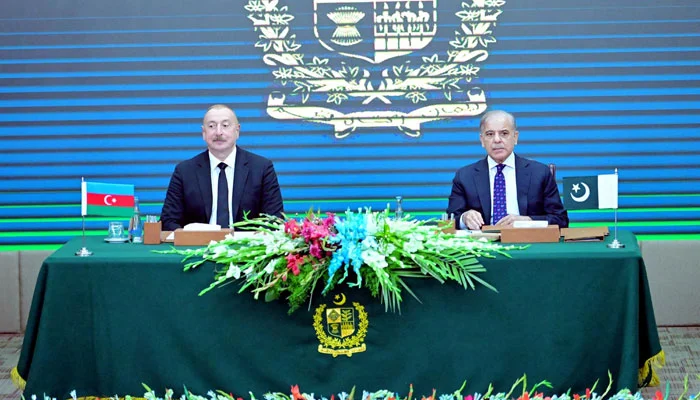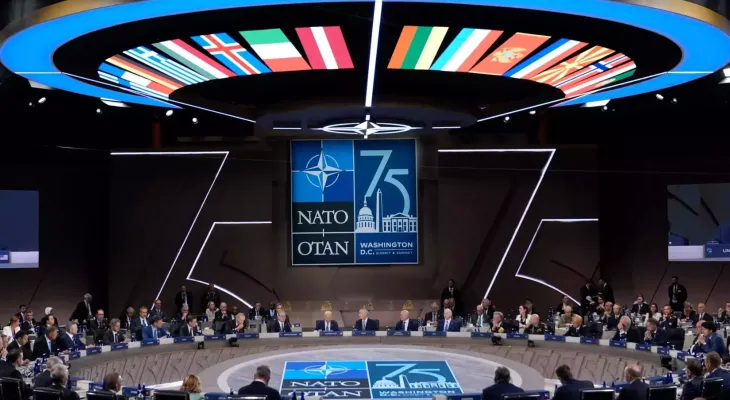Hours after the incident, the FBI said it had identified the shooter in the assassination attempt as 20-year-old Thomas Matthew Crooks of Pennsylvania, US media reported early on Sunday.
Crooks and one rally attendee were killed and two other spectators were injured, the Secret Service said in a statement.
The incident was being investigated as an assassination attempt, a source told Reuters.
Incumbent US President Joe Biden has since spoken to Trump after the incident, according to a White House Official. Biden also spoke with Pennsylvania Governor Josh Shapiro and Butler Mayor Bob Dandoy, the official said.
Trump, 78, had just started his speech when the shots rang out. He grabbed his right ear with his right hand, then brought his hand down to look at it before dropping to his knees behind the podium before Secret Service agents swarmed and covered him.
He emerged about a minute later, his red “Make America Great Again” hat knocked off, and could be heard saying “wait, wait,” before agents ushered him into a vehicle.
“I was shot with a bullet that pierced the upper part of my right ear,” Trump said on his Truth Social platform following the shooting in Butler, Pennsylvania, about 30 miles (50 kilometres) north of Pittsburgh. “Much bleeding took place.”
The shooter’s identity and motive were not immediately clear. Leading Republicans and Democrats quickly condemned the violence. The Trump campaign said he was “doing well.”
The shooting occurred less than four months before the November 5 election, when Trump faces an election rematch with Democratic President Joe Biden. Most opinion polls, including those by Reuters/Ipsos, show the two locked in a close contest.
Biden said in a statement: “There’s no place for this kind of violence in America. We must unite as one nation to condemn it.”
Republican US Representative Ronny Jackson of Texas told Fox News his nephew had been wounded at the rally.
“He was grazed in the neck. A bullet crossed his neck, cut his neck and he was bleeding,” Johnson said.
Witness account
Ron Moose, a Trump supporter who was at the rally, described the chaos: “I heard about four shots and I saw the crowd go down and then Trump ducked also real quick. Then the Secret Service all jumped and protected him as soon as they could. We are talking within a second they were all protecting him.”
Moose said he then saw a man running and being chased by officers in military uniforms. He said he heard additional shots but was unsure who fired them. He noted that by then snipers had set up on the roof of a warehouse behind the stage.
The BBC interviewed a man who described himself as an eyewitness, saying he saw a man armed with a rifle crawling up a roof near the event. The person, who the BBC did not identify, said he and the people he was with started pointing at the man, trying to alert security.
The shots appeared to come from outside the area secured by the Secret Service, the agency said. The FBI said it had taken the lead in investigating the attack.
Possible security lapses in focus after shooting
The attack on Trump raised questions about how the Republican presidential candidate is protected on the campaign trail and what caused the apparent security lapses at Saturday’s rally.
While information about the incident is still sparse, at least one person interviewed by the BBC said he had tried to alert police and the US Secret Service, to no avail, to an apparent sniper climbing onto a nearby roof outside the security perimeter of the rally venue.
As a former president and the Republican presidential candidate, Trump is protected primarily by the Secret Service.
During most of Trump’s campaign stops, local police aid the Secret Service in securing the venue. Agents from other agencies within the Department of Homeland Security, such as the Transportation Security Administration, occasionally help.
It is no easy task. Many Trump rallies feature thousands of audience members, take place in the open air and last for hours. Before the event, agents scan the venue for bombs or other threats, and Trump invariably arrives in a fortified motorcade.
Law enforcement officials typically put up barriers as a perimeter and require all attendees to go through a metal detector to enter the venue. Armed protective agents search all attendees’ bags and even wallets. Many rallygoers are patted down by hand.
Saturday’s attack, however, appeared to have been committed by a gunman located outside the secured perimeter, according to initial media reports.
A local resident who was present at the Saturday event and asked to remain anonymous said he saw what appeared to be two Secret Service agents perched on a nearby roof ahead of the event. He said the agents had been scanning the area with binoculars beforehand.
“They kept looking over to the left behind the event, before Trump came on stage. They seemed very focused on that area, said the attendee.
The Secret Service said shortly after the shooting that it had begun an investigation and briefed Democratic President Joe Biden, though the agency did not immediately respond to additional requests for comment regarding its protocols. Pennsylvania State Police referred questions to the Secret Service, which did not immediately respond.
In the moments after Trump was injured, the former president was quickly surrounded by Secret Service personnel who formed a human shield, while heavily armed agents in body armour and toting rifles also took to the stage and appeared to scan the area for threats.
In a statement quoted by NBC and CBS, The FBI “has identified Thomas Matthew Crooks, 20, of Bethel Park, Pennsylvania, as the ‘subject involved’ in the assassination attempt of former President Donald Trump on July 13, in Butler, Pennsylvania”. According to state voter records, the suspect was a registered Republican.
Republicans, Democrats decry violence
Trump is due to receive his party’s formal nomination at the Republican National Convention, which kicks off in Milwaukee on Monday.
“This horrific act of political violence at a peaceful campaign rally has no place in this country and should be unanimously and forcefully condemned,” Republican House Speaker Mike Johnson said on social media.
Democratic Senate Majority Leader Chuck Schumer said he was horrified by what happened and was relieved Trump was safe. “Political violence has no place in our country,” he said.
Biden’s campaign was pausing its television ads and halting all other outbound communication, a campaign official said on Saturday.
Americans fear rising political violence, recent Reuters/Ipsos polling shows, with two out of three respondents to a May survey saying they feared violence could follow the election.
Some of Trump’s Republican allies said they believed the attack was politically motivated.
“For weeks Democrat leaders have been fueling ludicrous hysteria that Donald Trump winning re-election would be the end of democracy in America,” said US Representative Steve Scalise, the number two House Republican, who survived a politically-motivated shooting in 2017.
“Clearly we’ve seen far left lunatics act on violent rhetoric in the past. This incendiary rhetoric must stop.”
Hardline Republican Representative Marjorie Taylor Greene said, “Democrats wanted this to happen. They’ve wanted Trump gone for years and they’re prepared to do anything to make that happen.”
Trump, who served as president from 2017-2021, easily bested his rivals for the Republican nomination early in the campaign and has largely unified around him the party that had briefly wavered in support after his supporters attacked the US Capitol on January 6 2021, attempting to overturn his 2020 election defeat.
The businessman and former reality television star entered the year facing a raft of legal worries, including four separate criminal prosecutions.
He was found guilty in late May of trying to cover up hush money payments to a porn star, but the other three prosecutions he faces — including two for his attempts to overturn his defeat — have been ground to a halt by various factors including a Supreme Court decision early this month that found him to be partly immune to prosecution.
Trump contends without evidence that all four prosecutions have been orchestrated by Biden to try to prevent him from returning to power.
Republican US Senate candidate David McCormick, who was seated in the front row at the rally, said he had started to go up on stage when Trump said he would have him come up later.
“Within a minute or two, I heard the shots […] It was clear it was gunfire,” he told Reuters in an interview. “It felt like it was an assassination attempt […] It was terrifying.”


